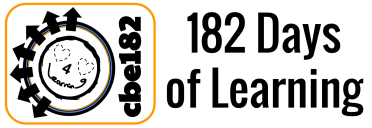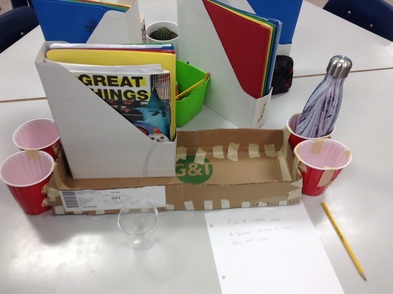"Education is what got us into this mess … but education is the key to reconciliation … We need to look at the way we are educating children.”
Justice Murray Sinclair, 2015
We are living in a world where our students gain access to new information with the vibration of a smartphone, the immediacy of a YouTube video, and the conciseness of a tweet. This begs the question, what is our responsibility as educators to these eager learners in regards to true democratic teaching and learning? How do we serve as beacons for social transformation rather than create compliant, docile citizens who adhere to mainstream ideologies? Can we truly inspire others to be activists for a better world? The work of leaders, educators, teachers, students and their families is premised on an understanding and acknowledgement that what we see is only a small part of a larger reality. Public education in Canadian society reflects the very fabric of our diverse community, and is also a window through which we can examine the opportunities for equitable environments in the school system. Equitable school environments require inclusivity; educating the whole community. If we work together to meet the challenges associated with inclusion, then we have no choice but to acquire new knowledge, understandings and attitudes. What are the knowledge and skills necessary for us as educators in our rapidly changing and inclusive schooling context? How do we create the conditions necessary for all students to thrive? How do we influence others with respect to our larger societal and cultural contexts?
It is important that our schools are ethically sound, where all students see themselves in the community and in the work, and where a ethical setting ensures each student’s success. So, how do we create these ethical spaces? How do we account for the differing worldviews, the opposing perspectives, and the polarized expectations of school? How can we lead, in our day-to-day work, to pay attention to this collision of worldviews? By acknowledging different worldviews, we can provide these spaces of ethical responsibility and inclusivity for each and every student with whom we share space.
The concept of an ethical space is where two worldviews collide and share a space in the middle. This is the space in between, where there exists a tremendous opportunity to open dialogue and conversation that will build knowledge, attitudes, and a shared vision. It is also the space that identifies where differing worldviews come in contact with one another. This is most evident when working with teachers, students and families with respect to ideas of schooling versus education. Through my experience, I have come to understand that our education system is one built on the beliefs and assumptions of a very western view; however, our schools are populated with students that are not represented in our structures and expectations. This is particularly compelling and intriguing, and presents itself as a challenge to myself, and to the bigger picture of schooling in our world.
How do we start the conversations? Dialogue is about creating opportunities for discourse. I believe it is important to open up these conversations about our beliefs in order to uncover some tensions and challenge our assumptions. Through discourse, dialogue, discussions and conversations we can become more aware of the tensions and contradictions in our workplaces, and the immediate need to challenge assumptions and disrupt some commonly held beliefs about schooling, about the physical space we occupy alongside our colleagues and students, and about how we ensure safe, caring, and respectful spaces for all. It is important that we are knowledgeable of, and capable of dealing with these tensions in order to model best practice and affect the most positive changes.
Worldviews live everywhere, different opinions, values and beliefs. How are we inviting each and all to build knowledge together based on differing worldviews? How do we make a decision that is not best for you or me, instead, make a decision that is best for everyone. How can we implement these ideas in order to invite all worldviews to be considered in decision-making, thus creating and honouring an ethical space.
“For as long as we’ve been around as humans, as wandering bands of
nomads or cave dwellers, we have sat together and shared experiences.
We’ve painted images on rock walls, recounted dreams and visions, told
stories of the day, and generally felt comforted to be in the world together.
When the world became fearsome, we came together. When the world
called us to explore its edges, we journeyed together. Whatever we did, we
did it together.”
Margaret J. Wheatley, Turning to one another


 RSS Feed
RSS Feed
